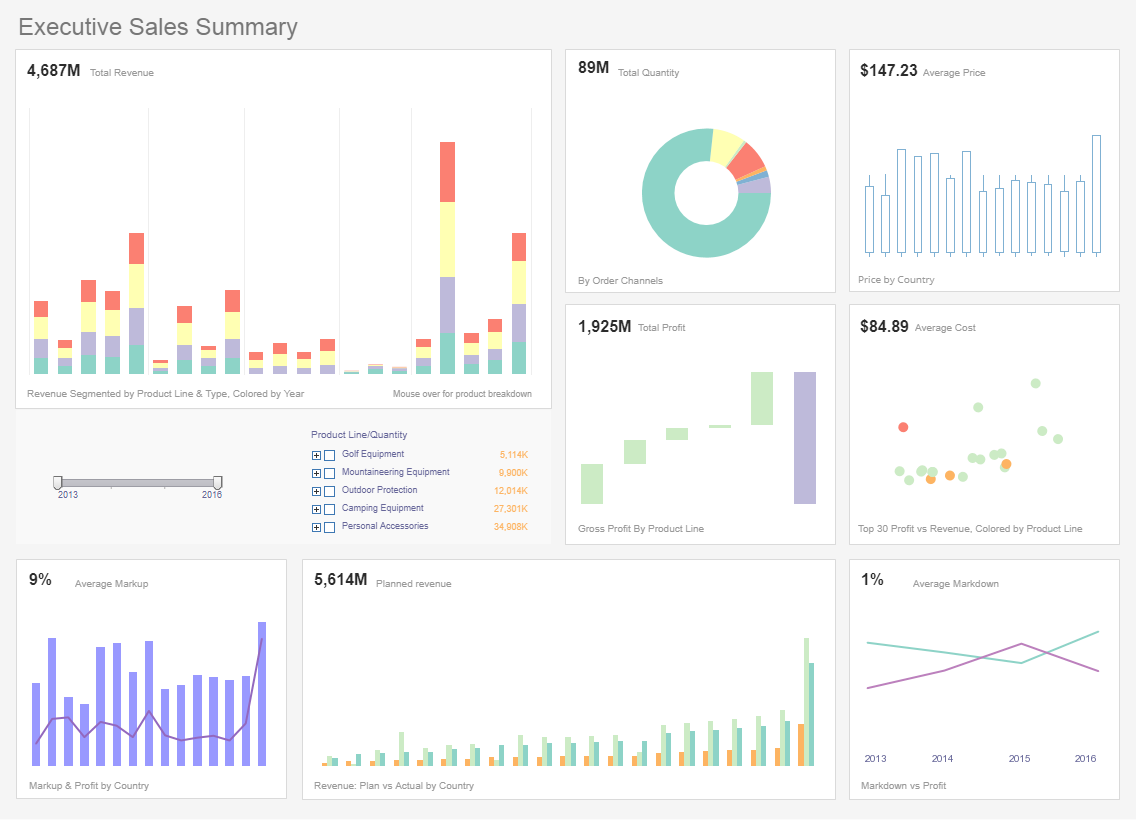Call It Business Intelligence for IT
This is the continuation of the transcript of a webcast hosted by InetSoft entitled "Applying Predictive Analytics to IT Performance." The speaker is Mark Flaherty, CMO at InetSoft.
So what we talk about is really applying some of the really major forces that have really catapulted data warehousing and business intelligence and applying those in the IT space. You can call it business intelligence for IT.
In a data warehouse environment, there is no lack of data. There is plenty of data. In fact, you keep it in warehouses, and then, what you are doing is applying new techniques like data mining and other types of BI solutions to understand how you are going to run the business better. We are taking that same approach and applying it to IT.
There is performance data out there. There is lots of it. In fact, there are performance warehouses. We say, “okay, how can we take that, apply some predictive analytics to it and use that to get a future view of what’s going on.” So you can be proactive about it. Then, you have more time and can make better decisions in order to solve the problem of how do you deliver service in a constant changing environment. So that’s the analogy.
 |
View the gallery of examples of dashboards and visualizations. |
Everyday, IT, in terms of delivering the services, is making decisions about the future without essentially the data and the information they need to make those decisions. And you can almost judge the maturity level of a company, not in a personnel sense, but in terms of where the organization is. We talked to some companies, and they say, “what you are talking about is very, very interesting, but I am too busy now. My pants are on fire.” And then, we say, “exactly, we understand that.”
Instead of drilling into the technology, they need to take a business view of what’s going on. They need to take all this information and aggregate it up into something that make sense to the business. So what make sense to you?
We are not looking at tuning SQL statements, so to speak. We are looking at what kind of services are we delivering to this part of your company? Which application, which geography, however you want to slice and dice it, to essentially make sure that you can deliver service. So you look at it in a business sense.
And then, with that business sense, you build models. With these models, then, you can see your business. You can see the service delivered in the past. You can see what services you are getting right now, but more importantly, then, you can predict the future, and you can tell you what your service delivery by workload is going to be in the future.
And you can tell, for instance, that you are going to have a problem with application 1 and application 3 in January, which is nice if you think about it. Because it’s not last night, in the middle of the night. It’s not this morning. In fact, it is not a problem, yet. It’s going to be a problem. That’s what we mean by being proactive.
 |
Read how InetSoft saves money and resources with deployment flexibility. |
So with that information, you can look at service delivery. And this is all done in the background. And then, you can do What If analysis, using mathematical equations. Since you have a variable, you can say, what if I had more CPUs? What if I had more servers? What if I had bigger servers? What if I had faster disks? What if I had different what if scenarios within seconds, and predict what my performance will be in the future.
It’s also a vehicle where you can go to your business department that you are serving, and say, “This is what we had done for you in terms of service delivery, and this is what we are doing now.” It’s kind of a nice little pat on the back with delivering your service.
And this is where we are going. You need to engage in the conversation about how your environment is going to grow and change next year. So you can understand, as you can deliver the services that you are going to need. So you can make these predictions in the background. You are not doing anything called set and forget.
You will know what your service delivery is, extrapolate it out into the future, and know what it is going to be. You can tell what these potential problems are, and where are the problems, and why it caused the problems? Then you get the ability to do What If analysis to say, what if we did this, what if we did that? You can now see the future. You can now, essentially start steering the boat rather than sailing the boat. This is another analogy for it.
| Previous: Applying Predictive Analytics to IT Performance |
Next: Good IT Analytics Tool
|
